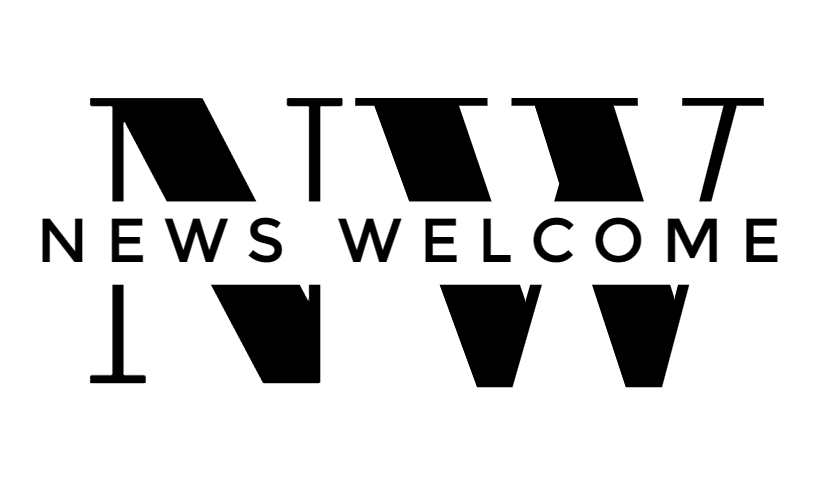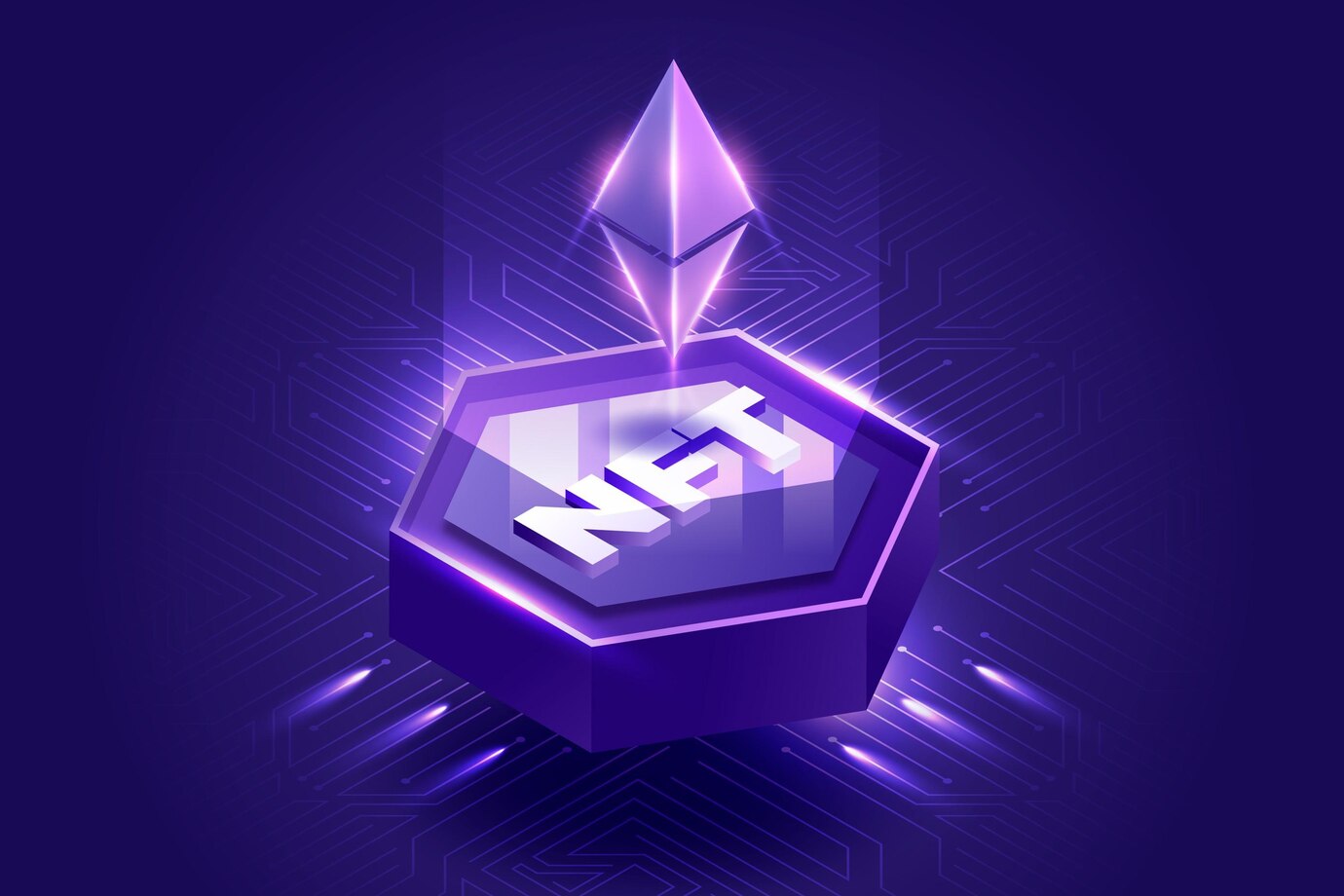The world of Ethereum standards is currently witnessing fierce competition. Two new contenders are contesting for the title of the best fractionalized NFT solution, ERC-404 and DN404. Both standards aim to address the growing demand for trading fragments of NFTs as they offer exciting possibilities for increased liquidity and wider participation in the NFT market. However, each approaches the challenge in a unique way, which has led to a heated debate within the developer community.
Here is what you need to know
- Both ERC-404 and DN404 aim to revolutionize NFT ownership by enabling fractionalization.
- While ERC-404 offers a first-mover advantage, it faces concerns about security and efficiency.
- DN404 features improved security and DEX compatibility; however, it remains untested as yet.
- The competition is fierce, while the developer community holds the key to determining the winner.
ERC-404- The First Mover with Unforeseen Challenges
Just a week ago, ERC-404 emerged as the first unofficial Ethereum standard designed for fractionalized NFTs. This innovative standard allows users to split their NFTs into smaller pieces, which facilitates easier trading and may potentially attract new investors. However, concerns soon arose regarding its technical implementation and compatibility.
Critics, including developers of DN404, claim that ERC-404 deviates from existing standards, which potentially leads to vulnerabilities and inefficiencies. A developer known as Quit even highlighted a possible security exploit that could enable malicious actors to steal NFTs using ERC-404. This has raised concerns about the standard’s overall safety.
DN404- Built on Familiar Ground with Daring Claims
DN404 is supposedly the self-proclaimed improvement on ERC-404. This newcomer takes a different approach by using two separate contracts: a base ERC-20 token that represents fractional ownership and a mirrored ERC-721 NFT contract that represents the underlying asset. This dual-contract system, according to DN404 developers, ensures perfect compatibility with existing protocols and avoids the perceived issues of the ERC-404 token.
DN404’s primary advantage lies in its focus on trading efficiency. By using an ERC-20 token for fractional ownership, DN404 allows direct trading on decentralized exchanges (DEXs) like Uniswap. This opens up a wider pool of potential buyers and sellers, which, in turn, is expected to increase liquidity for NFT projects, a factor that is currently perceived as a significant challenge in the current market.
The Race is on! Who Will Win the Vote of Developers and Investors
Both ERC-404 and DN404 represent exciting advancements in the field of fractionalized NFTs. However, each comes with its own set of strengths and weaknesses. ERC-404 has the advantage of being first to market, which has enabled it to garner significant initial interest, while DN404 counters with a seemingly more secure and efficient design.
That said, it is important to remember that both standards are still in their early stages of development and have inherent risks associated with unaudited code and untested functionalities. As the competition continues, the developer community will play a key role in evaluating and refining these standards, which may ultimately determine which one emerges as the preferred solution for fractionalized NFTs.

Celine Brooks is a renowned journalist and author specializing in cryptocurrency and blockchain technology. She holds a Master’s degree in Economics from Harvard University and is very passionate about Crypto. Celine regularly hosts webinars and workshops, sharing her insights and forecasts about the evolving digital currency landscape. She is also an active contributor to several leading financial and tech publications, where she breaks down complex crypto trends into understandable insights for everyday investors.

